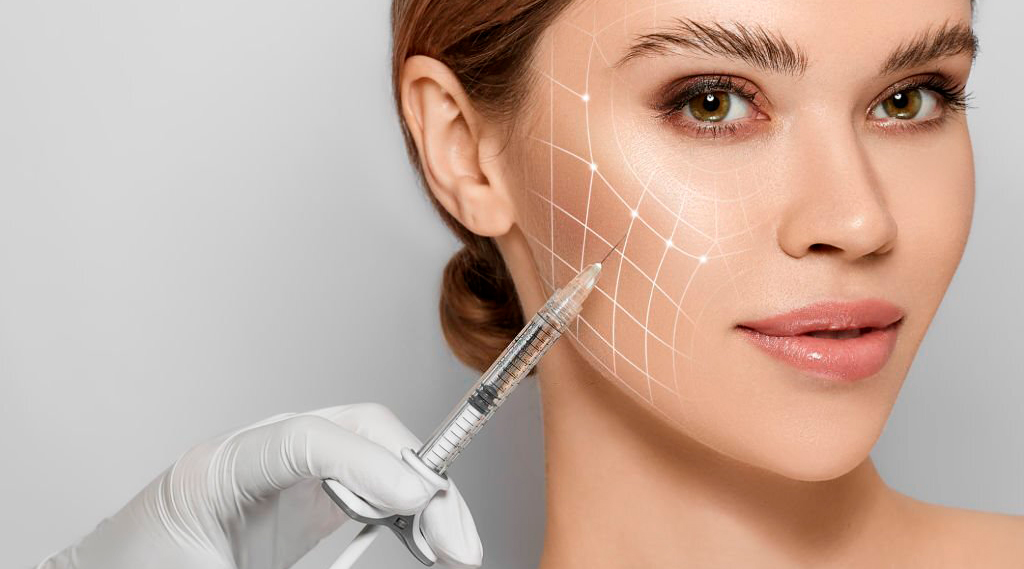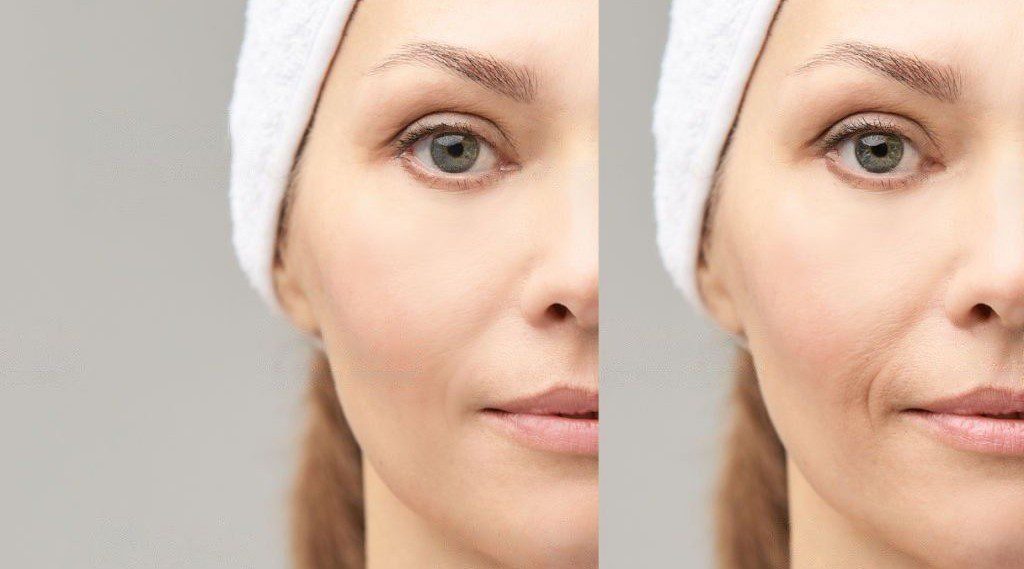A Youthful Boost: Understanding Dermal Fillers and Their Transformative Effects

Dermal fillers
The four main structural components of our face are skin, fat, muscle, and bone. As we age, volume loss in these structures contributes to many of the visible signs of aging.
Over time, age-related bone loss in the face can lead to retraction of the jawline, descent of the nose, and loss of high cheekbones. The facial muscles also decrease in volume and elasticity, and deflation and movement of facial fat further accentuates the signs of aging. Finally, the skin stretches and loses elasticity compounded by the loss of scaffolding provided by fat, muscle, and bone, this leads to wrinkles, sagging skin, and other familiar signs of aging.
What are dermal fillers?
Dermal fillers, an injectable treatment performed by aesthetic physicians, can help smooth lines, and replenish lost volume, restoring a more youthful appearance. The popularity of dermal fillers has grown rapidly in recent years because they offer the rejuvenating and enhancing aesthetic improvements previously only achievable with surgery, but at lower cost and with limited-to-no recovery time. The main indications of the dermal filers are the filling of rhytids and folds, and correction of soft tissue loss due to disease or age. Increasingly, fillers are used for volume replacement and enhancement procedures, including cheek and chin augmentation, tear trough correction, nose reshaping, midfacial volume, lip enhancement, hand rejuvenation, and the correction of facial asymmetry.
The most common compounds used in dermal fillers is hyaluronic acid (HA). HA is a naturally occurring substance found in our skin, and it plays a major role in keeping skin hydrated and volumized.
What determines which HA dermal filler is best?
The choice of which filler is best depends on your treatment goals and varies from person to person. The location of where the filler is to be injected, how long you want it to last and existing allergies determine which type is best for the patient.
How long do HA dermal fillers last? Can they migrate?
HA fillers, depending on their specific chemical makeup, can last from six months to much longer before being gradually absorbed by the body. Dermal fillers do not migrate to other areas.
Who should not get a filler?
• If you are allergic to any of the components in the filler
• If you are pregnant or breastfeeding
• If you take blood thinners or an immunosuppressant
Do filler injections hurt?
Pain tolerance varies from person to person, but most patients find that the treatment is more comfortable than expected. All patients are numbed using a topical cream that works before the injection, plus some products also contain lidocaine in them so you will begin to feel numb from that too.
Are there side effects after dermal filler treatment?
For the most part, properly administered dermal filler treatments will have few, if any, side effects. There may be some redness or bruising at the injection site, but this typically resolves very quickly. In less common cases, patients experience an allergic response to the filler material, which can lead to bumps developing below the skin. In very rare situations, a bluish skin color may develop.
Most Popular:
-

Sciton HALO vs Sciton BBL
Read More »September 20, 2022 -

What is profhilo, and how is it different from fillers?
Read More »September 20, 2022 -

Body contour solutions from SKIN111
Read More »September 20, 2022 -

Does IV GLUTATHIONE therapy work
Read More »September 20, 2022 -

How can an IV drip help you boost your energy
Read More »September 20, 2022